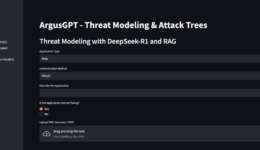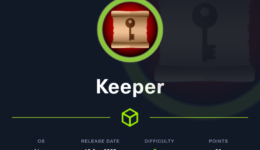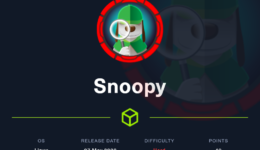
Purple Tracks & Daydream Traps
When my soul wore lead,
And dreams of gains had long since fled,
I dragged my feet to the grind,
Hoping to leave my slump behind.
Existence felt like a weight too wide,
Until she strode in, hips side to side.
Purple bootcuts, goddess pace,
A flick of hair, and eyes gave chase.
Nerdy glasses and earbuds in, yet stealing scenes,
With runway steps and magazine genes.
Her lucious lips, a story untold,
Her sway — pure poetry, uncontrolled.
Fatigue fading, my spirits soared,
As my testosterone roared.
Her focus fierce, her form divine,
A discipline I wish were mine.
And so I strut — well, more like try,
To catch her sharp elusive eye.
In daydreams bold, and a delusional start,
Her muse, her poet, her workout heart.
All sparked by one high-swinging pony tail,
That made my lazy will prevail.



















